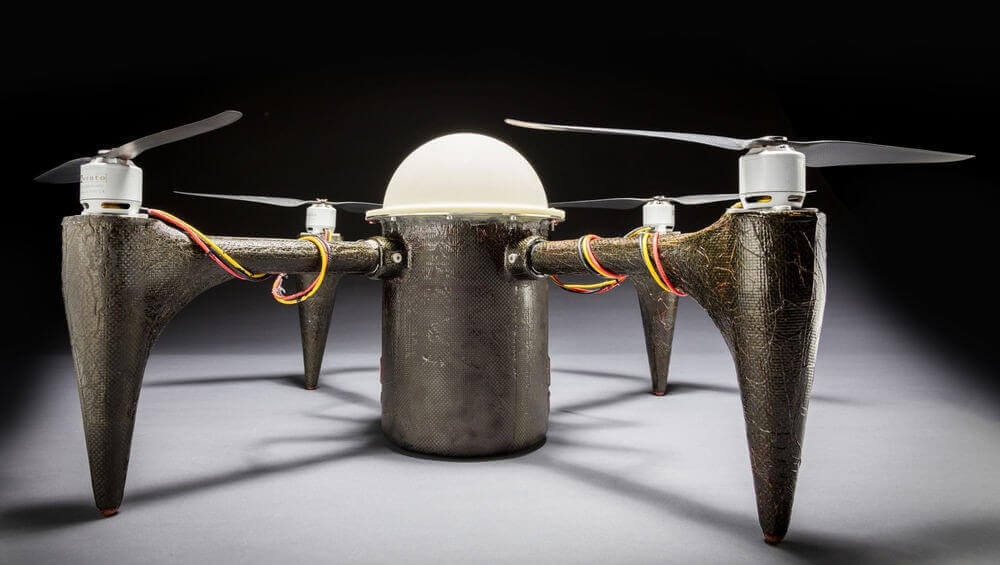CRACUNS is a 3D printed drone can stay underwater for several months before launching into the air on command.
The “Corrosion Resistant Aerial Covert Unmanned Nautical System”, CRACUNS for short, is a submersible drone developed by researchers at the Johns Hopkins Applied Physics Laboratory.
By leveraging advances in additive manufacturing and new fabrication techniques at the Laboratory’s extensive facilities, the team were able to 3D print a lightweight, submersible, composite airframe able to withstand the water pressure experienced while submerged.
“Engineers at APL have long worked on both Navy submarine systems and autonomous UAVs,” said Jason Stipes of APL’s Sea Control Mission Area, project manager for CRACUNS. “In response to evolving sponsor challenges, we were inspired to develop a vehicle that could operate both underwater and in the air.”
Watch the video below and see how, after two months underwater, the drone was still perfectly operational. A simple flick of a switch can command the drone to launch from beneath the water and into the sky.
How did they achieve this remarkable feat? The team sealed the most sensitive components in a dry pressure vessel. For the motors that are exposed to salt water, commercially available protective coatings were also applied. After two months of being submerged in salt water, the motors no sign of corrosion and continued to operate while submerged.
What can CRACUNS be used for?
CRACUNS was developed for use by the Navy, and is the first drone of its kind that’s a fully submersible unmanned aerial vehicle (UAV)
Potential uses include being able to mount it to a submarine or fix it to an unmanned underwater vehicle (UUV), where it is both ready for action and unseen.
CRACUN is being further developed to be able to go between aerial and underwater environments so it can be used in high risk intelligence gathering missions.
According to Johns Hopkins, the drone’s low production cost makes it expendable, meaning it could be used as a disposable tool during missions, as well as being produced in large numbers.
“CRACUNS successfully demonstrated a new way of thinking about the fabrication and use of unmanned systems,” said APL’s Rich Hooks, an aerospace and mechanical engineer who was responsible for the novel additive manufacturing techniques used on CRACUNS.
(Source: John Hopkins)

License: The text of "3D Printed CRACUNS Drone Can be Launched from Underwater" by All3DP is licensed under a Creative Commons Attribution 4.0 International License.